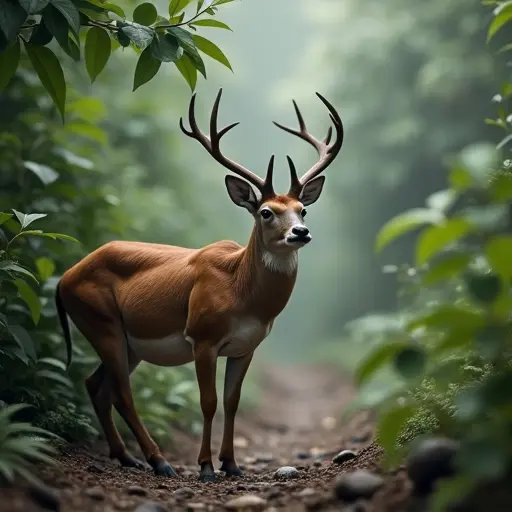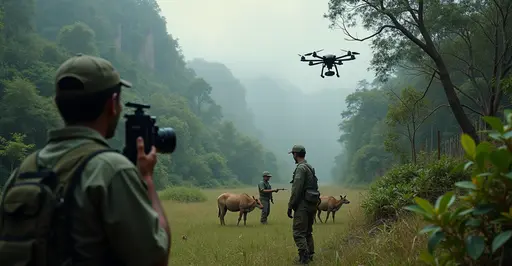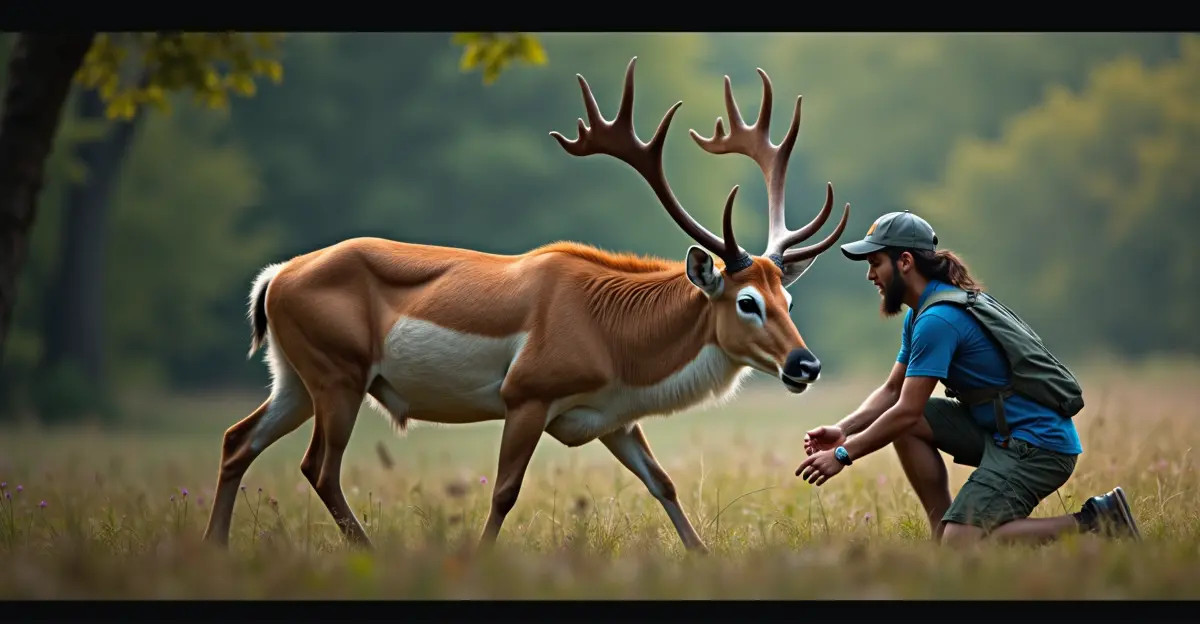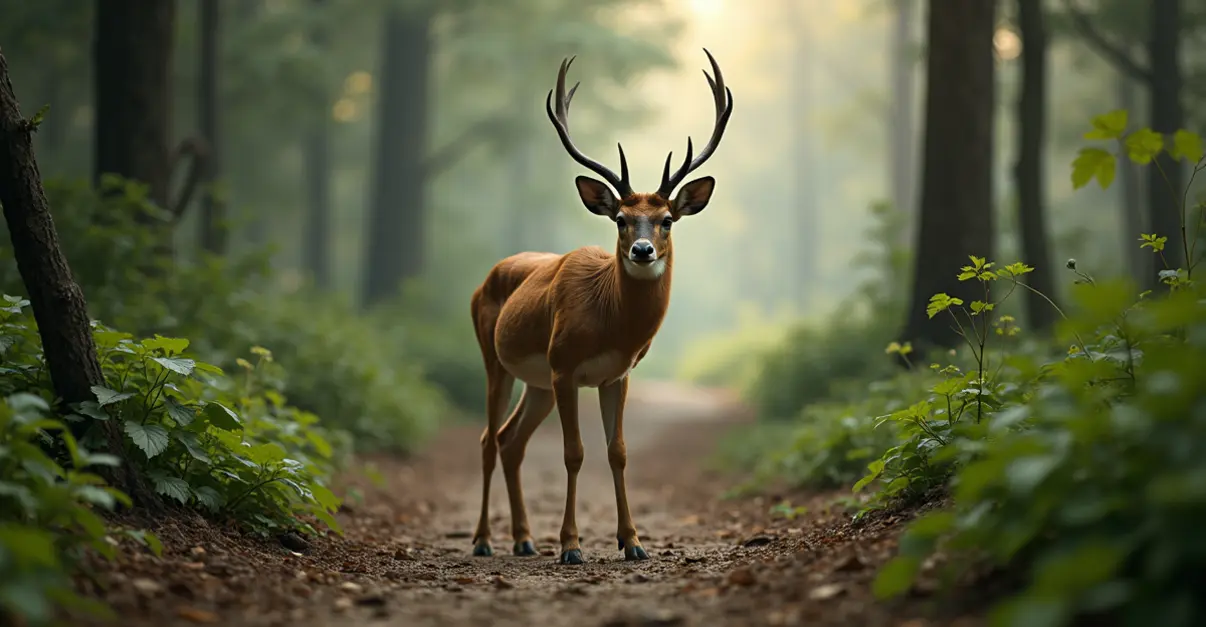AI drones are revolutionizing endangered species monitoring by automating detection and tracking, reducing poaching, and enhancing conservation efficiency in 2025.
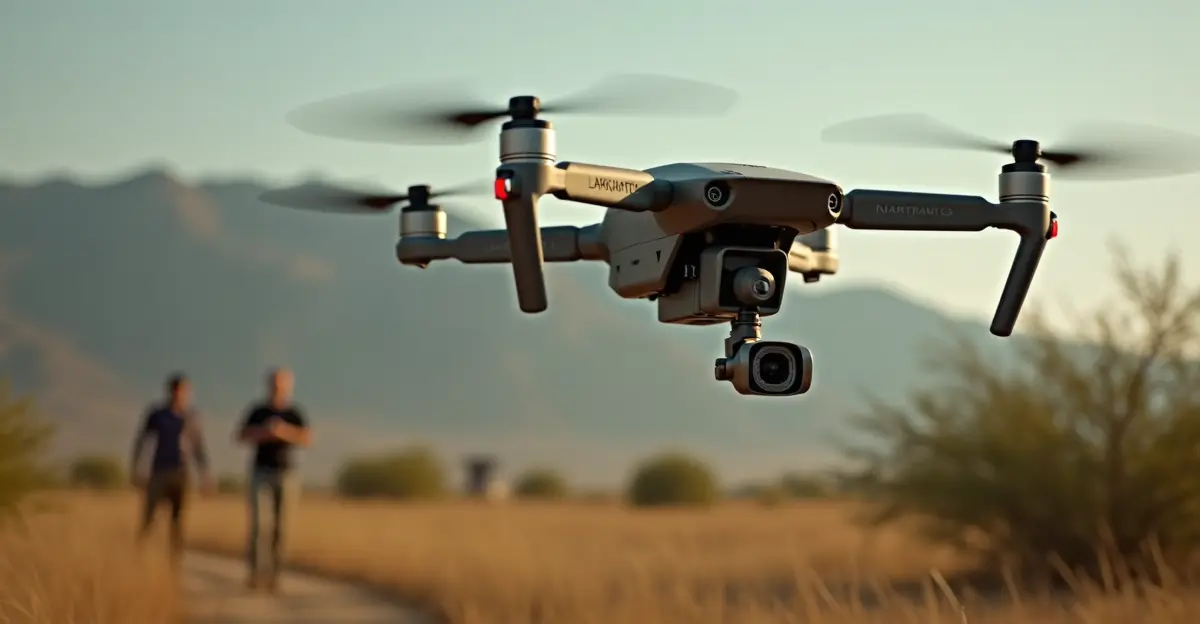
AI-Powered Drones: A Game-Changer for Wildlife Conservation
In 2025, the integration of artificial intelligence (AI) with drone technology is transforming wildlife monitoring, offering unprecedented capabilities to protect endangered species. Drones equipped with AI systems can automatically spot and track animals in remote habitats, reducing human effort and increasing efficiency. This innovation is particularly crucial for species on the brink of extinction, where timely intervention can make a life-or-death difference.
How AI Drones Work in the Field
These advanced drones use high-resolution cameras and thermal imaging to capture data over vast areas. AI algorithms, often based on machine learning, process this data in real-time to identify specific species, count populations, and detect unusual activities like poaching. For instance, in projects like Smart Parks, drones patrol reserves such as Kruger National Park in South Africa, where they've been deployed since 2013. 'The ability to monitor rhinos 24/7 without disturbing them is a breakthrough,' says a ranger from the park. The AI can distinguish between animals and humans, alerting rangers to potential threats instantly.
Success Stories and Real-World Impact
Recent successes highlight the technology's potential. In 2025, AI drones in India's Kaziranga National Park have helped reduce poaching incidents by over 50% by identifying intruders through pattern recognition. Similarly, in the Amazon, systems like those from Rainforest Connection use acoustic AI to detect illegal logging sounds, enabling rapid responses. 'We're seeing faster threat detection than ever before, which saves lives,' notes a conservationist involved. These tools are not replacing humans but augmenting their efforts, allowing for smarter conservation strategies.
Challenges and Future Directions
Despite the progress, challenges remain. Technical issues like battery life and AI accuracy in diverse environments need improvement. Regulatory hurdles, such as airspace restrictions, also pose obstacles. However, ongoing research, as reviewed in studies from 2025, focuses on enhancing algorithms and integrating with other technologies like sensors and satellites. The future may see AI drones becoming more autonomous, capable of making decisions on-the-fly to protect wildlife proactively.
Overall, AI in wildlife monitoring represents a significant leap forward. By leveraging these technologies, conservationists can achieve more with less, ensuring a brighter future for endangered species. As one expert put it, 'This is just the beginning; AI will redefine how we coexist with nature.'

 Nederlands
Nederlands
 English
English
 Deutsch
Deutsch
 Français
Français
 Español
Español
 Português
Português




